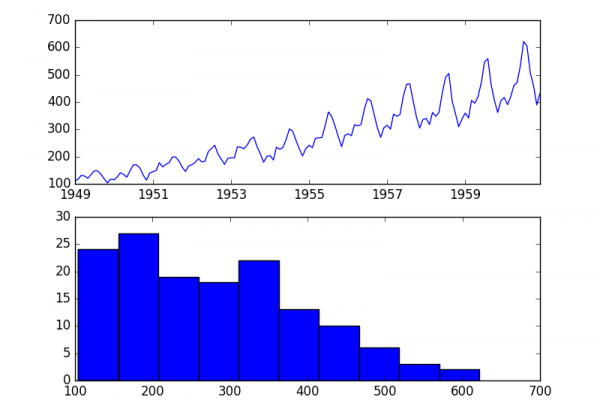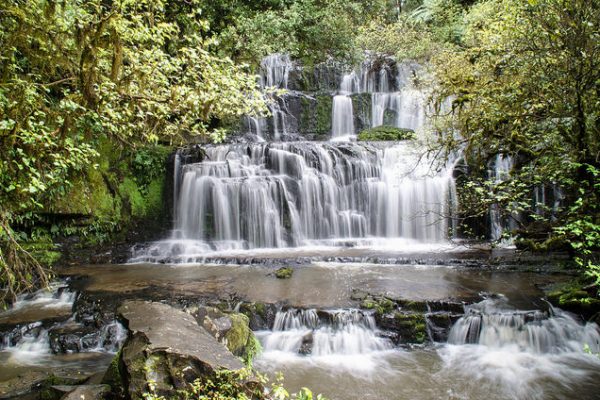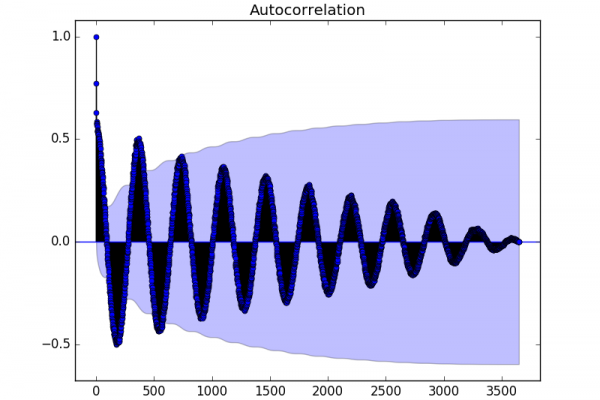How to Use Power Transforms for Time Series Forecast Data with Python
Last Updated on August 28, 2019 Data transforms are intended to remove noise and improve the signal in time series forecasting. It can be very difficult to select a good, or even best, transform for a given prediction problem. There are many transforms to choose from and each has a different mathematical intuition. In this tutorial, you will discover how to explore different power-based transforms for time series forecasting with Python. After completing this tutorial, you will know: How to […]
Read more








